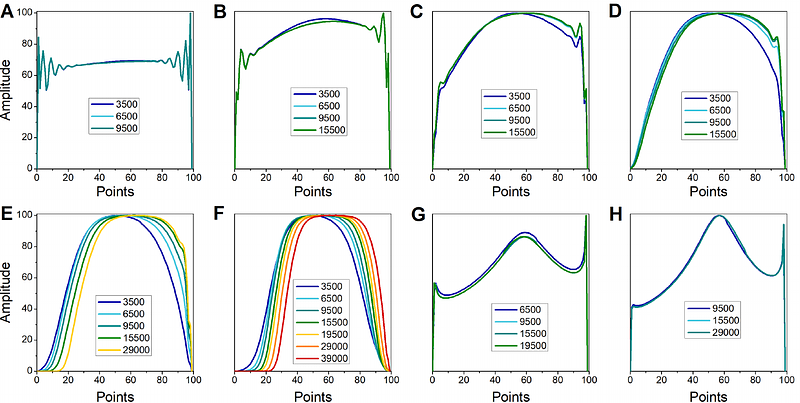The Proton Resonance Enhancement for CEST imaging and Shift Exchange (PRECISE) family of RF pulse shapes for Chemical Exchange Saturation Transfer MRI

The Proton Resonance Enhancement for CEST imaging and Shift Exchange (PRECISE) family of RF pulse shapes for Chemical Exchange Saturation Transfer MRI
Mohanta, Z.; Stabinska, J.; Barker, P. B.; Gilad, A.; McMahon, M. T.
AbstractPurpose: To optimize a 100 msec pulse for producing CEST MRI contrast and evaluate in mice. Methods: A gradient ascent algorithm was employed to generate a family of 100 point, 100 msec pulses for use in CEST pulse trains. Gradient ascent optimizations were performed for exchange rates = 500 s-1, 1,500 s-1, 2,500 s-1, 3,500 s-1 and 4,500 s-1 and offsets = 9.6, 7.8, 4.2 and 2.0 ppm. Seven PRECISE pulse shapes were tested on an 11.7 T scanner using a phantom containing three representative CEST agents with peak saturation B1 = 4 uT. The pulse producing the most contrast in phantoms was then evaluated for CEST MRI pH mapping of the kidneys in healthy mice after iopamidol administration. Results: The most promising pulse in terms of contrast performance across all three phantoms was the 9.6 ppm, 2500 s-1 optimized pulse with ~2.7 x improvement over Gaussian and ~1.3x over Fermi pulses. This pulse also displayed a large improvement in contrast over the Gaussian pulse after administration of iopamidol in live mice. Conclusion: A new 100 msec pulse was developed based on gradient ascent optimizations which produced better contrast compared to standard Gaussian and Fermi pulses in phantoms. This shape also showed a substantial improvement for CEST MRI pH mapping in live mice over the Gaussian shape and appears promising for a wide range of CEST applications.


